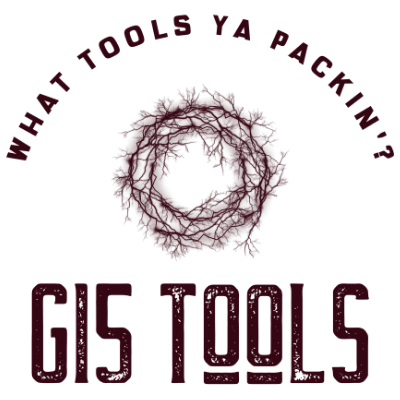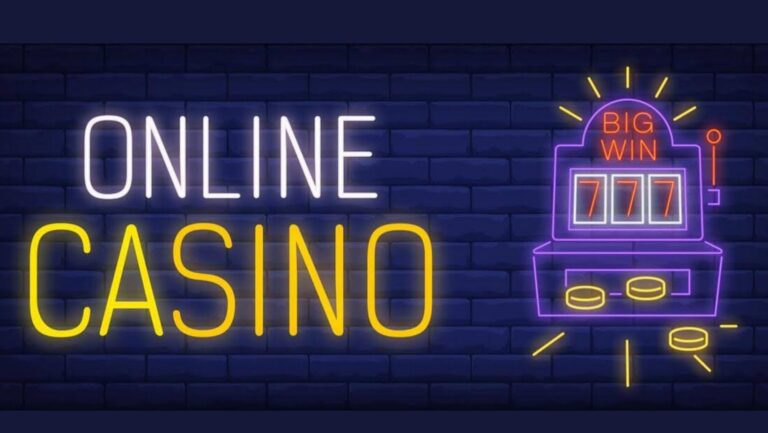Romania has two phenomena growing in parallel, but on different metrics. On one hand, online gambling attracts major financial volumes: in 2023, card payments for online gambling reached approximately 12.5 billion lei, with about 84 million transactions — the largest category of e-commerce payments. On the other hand, eSports gathers young communities at large-scale events: the IESF World Championship in Iași brought together over 120 countries and thousands of participants, while Bucharest Gaming Week attracted around 16,000 visitors in a single weekend.
If you want to understand the actual offer, you can find the games in demo and real money mode exactly where păcănele online are grouped, but the correct comparison between the two worlds must consider that “money” and “attention” measure different things. eSports means audience, participation, and invested time; slots mean, first and foremost, spending volume and transaction frequency. That’s where the analysis begins.
Why we compare two types of popularity
When we talk about “popularity,” we risk mixing incompatible indicators. For slots, finances are the most faithful proxy of demand: 12.5 billion lei and 84 million payments are clear proof of recurring use. For eSports, relevance is seen in physical presence and event status: Iași hosted a record edition of the IESF, with delegations from over 120 countries and thousands of spectators at the opening, while Bucharest Gaming Week confirms domestic demand, with thousands of participants in an iconic venue.
This metric difference matters. Slots indicate a market with fast and predictable monetization. eSports indicates growing social and cultural capital, capable of mobilizing youth, brands, and institutions. For decision-makers and media partners, the correct approach is not “who wins,” but “how do we measure each phenomenon correctly” and how do we connect opportunities between them.
Signals that eSports attracts the young audience
To assess traction among young people, it’s worth looking at some clear benchmarks, validated by numbers and on-the-ground presence.
- Presence at large events: IESF Iași brought athletes from over 120 countries, while Bucharest Gaming Week gathered around 16,000 visitors in one weekend.
- Player base: in Romania, the active gamer community reaches about 7.8 million people, fueling interest in competitions.
- Youth behavior: in Europe, over 70% of those aged 6 to 24 play video games, with the core audience in the 18–29 range.
- Professional ecosystem: Romanian players have accumulated over 6 million dollars in prizes over time, mainly in titles like Dota 2, a sign of a maturing scene.
These signals show real attention and a culture of participation. Interestingly, part of this audience also tests related products in no-risk formats, including păcănele online free in demo mode, to explore mechanics, RNG, and game rhythm. For media education and consumer protection, it is useful for editorial teams to explain the difference between demo games and real-money games.
What the money says about the gambling market
On the financial path, indicators are clear: high transaction volume, high frequency, and matching marketing budgets. In 2025, the fiscal framework tightened (raising GGR taxation for online up to 30%), forcing operators to make investments more efficient, from promotions to partnerships and affiliation. The market is professionalizing: user acquisition cost, retention, and channel mix are closely monitored, while responsible content becomes a brand criterion.

For readers who want to understand the “funnel” of products, here are the operational benchmarks that explain why slots dominate in terms of money:
- Low entry threshold: instant access, vast offer, short sessions that fit between other activities.
- Direct monetization: each session can generate transactions, aggregated on a large scale into a consistent annual volume.
- Promotions and recurrence: bonuses, internal tournaments, and retention mechanics increase frequency.
- Fiscal adjustment and compliance: higher taxation pressures efficiency but doesn’t cancel base demand.
Educational content remains essential. The demo mode — including păcănele gratis online — is useful for understanding volatility and rhythm, but it does not replicate the emotional pressure of playing with real money. In outreach materials, it is important that brands and editorial teams emphasize responsible gaming, time and budget limits, and provide self-exclusion resources where needed.
Closing message for communities and brands
Slots dominate in money and payment frequency, while eSports dominates in youth attention and participation. An efficient editorial or commercial plan connects them through credible content, media education, and formats that respect the audience, and the dedicated păcănele online sections can serve as a bridge for responsible information.
For editorial teams and media partners: cover the eSports competition calendar, team profiles, and local opportunities; clearly explain gambling mechanics, the difference between demo and real money play, risks, and protection tools. Explicitly label păcănele online free sections and informative materials to responsibly channel interest toward cost-free experiences.
The two realities can coexist in a mature media ecosystem: a financially strong slots market and an increasingly visible eSports scene among young people. Our mission is to deliver clear data, honest explanations, and a framework for responsible consumption, whether for fans of tournament finals or for those who prefer short demo sessions.




